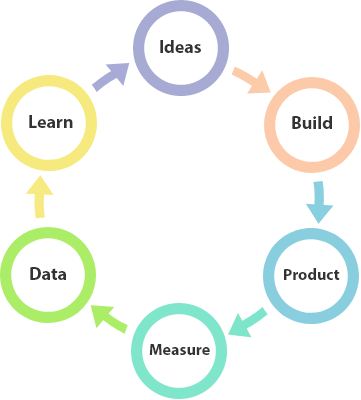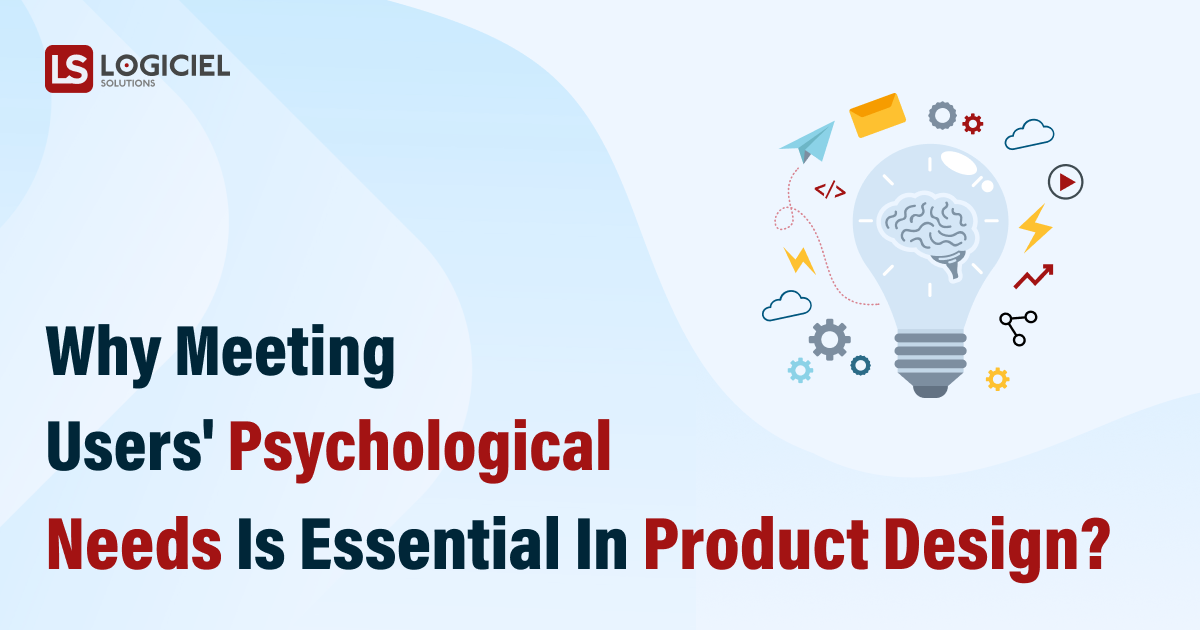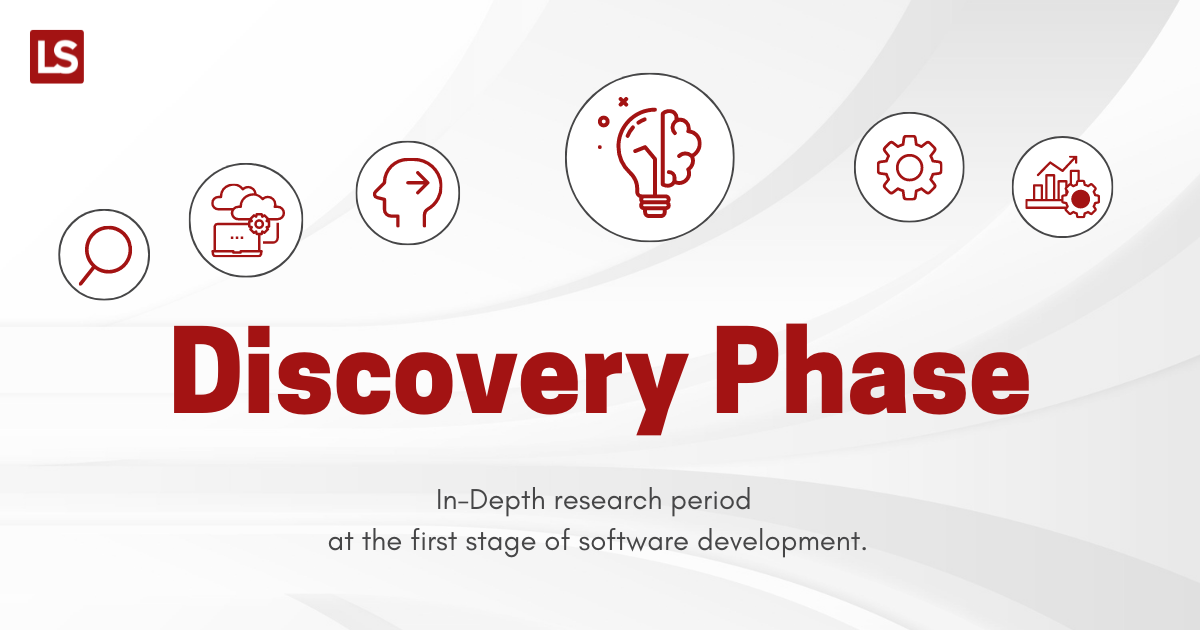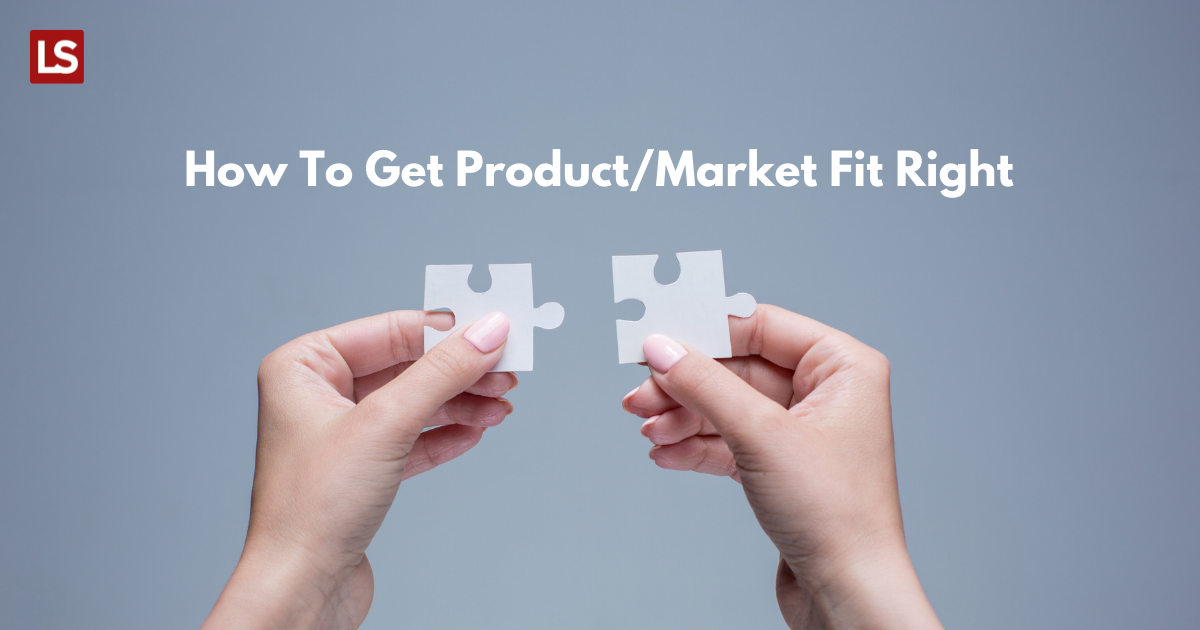An MVP stands for Minimal Viable Product designed with only a basic set of features that is enough to be used by the first users and solve the problems they faced while using MVP. Basically, It enables you to engage your early customers and get their valuable feedback to enhance your product quality while spending as little resources as possible.
It is all about the validation of hypotheses such as technology and market. ie. the smallest set of features working as a standalone product or service. Getting an MVP product developed means releasing the product to market in the shortest time and avoiding potential failures and large capital losses.
MVP the KANO Model- The Kano model is a 2-dimensional graph that describes customer’s need and their satisfaction level.

Why Do You Need an MVP?
Any company that introduces a new offering or service has many expectations from it and one such expectation is that users will like their new launch and it will meet the users’ expectations. But, the bitter truth is not all the products get users’ attention in one go as they fail to meet users’ needs and create interest among them.
By leveraging MVP you could make your product available with minimal yet critical features to some potential customers in less time and resources, and save yourself from a product failure. Minimum Viable Product may not guarantee your product success but it makes sure that you help with the main problem of your customers and serve them accordingly.
Apart from a smaller commitment of time and money during development, MVP includes the following benefits:
- Reduces financial, development and marketing risks.
- Determines if you’re delivering the experience your users want.
- Better aligns your digital transformation road map to your users’ preferences with their valuable feedback.
- Smooths the internal adoption of digital processes.
- Enables you to make required improvements before launch.
Recipe for doing it (MVP) right
Choose the correct MVC patterns
Below are some MVP patterns that can serve as early milestones for your product. MVPs are too often associated with externally facing products looking for potential markets. However, each of these patterns can and should be considered with internal products, which arguably make up the majority of software development efforts.
- Promotional MVP – It contains Videos, UI mockups, Campaigns, or anything which people start talking about your idea and future product.
- Mining MVP – It includes facts, features, proof of concept of anything which collects data from potential markets.
- Wizard MVP – It looks completed but behind the scenes, humans are doing all work manually. It is good to go with it when you’ve no actual money to invest in any product EX- Zappos.
- Single featured MVP- Releasing a single page that explains the value of the product and provides a foundation around which the other feature can emerge.
Write down specs
If anything is not in writing it will delay and delay so write it down.
Come up with a set of planning
Do some research on yourself to make things possible so that you have a better idea about the technical discussion. Plan budget for going to market and the budget for development activity. In most cases the cost of development takes more than expected so, you should have a separate budget for this activity. Post-development work and maintenance costs should also be considered while planning.
Prioritize the features
You can divide the features category by the MaSCoW method which is a prioritization technique used in management, project management, and business analysis to reach a common understanding with stakeholders.
- Must-have Features
- Most loved
- Not necessary

To make it simple you can write down the feature’s list and give them a score, the least scored features can be ignored.
Start with the design first
If you have real designs validated with real users, consider it half work done. You can make better decisions, use case discussion, and brainstorm before going to actual development, so start with the design first.
Don’t fall in love with the initial idea – follow the iteration
Don’t fall in love with the initial idea/vision. It is just the first step of your journey. MVP gets evolved by many inputs, use cases, market research, user feedback, and new requirements. So, be ready to change your idea as you have more inputs.
MVP should be Focus on a small group of users, not the dreamed target audience
Initially focus on specifying the user segment and not for all the users. Better to identify who are not the users of your product. You could not please everyone because you’re developing a product based on science, research, and a lot of effort. It’s not a pizza.
Define success
Define what are the factors for the success of a product. Have some KPI for the product it could be anything like people start discussing the product, You have let suppose X number of subscribers/users, etc. Measuring the performance of the first version of your MVP. learning new things and implementing the new requirements and ideas will allow you to have an updated amazing product.
Conclusion
MVP development can become tricky. They require strong alignment and leadership. During the entire MVP planning, development, landing the first customer, and marketing you can make mistakes and be unsuccessful but remember it is more important to get started than being right. So let’s do it with us.





